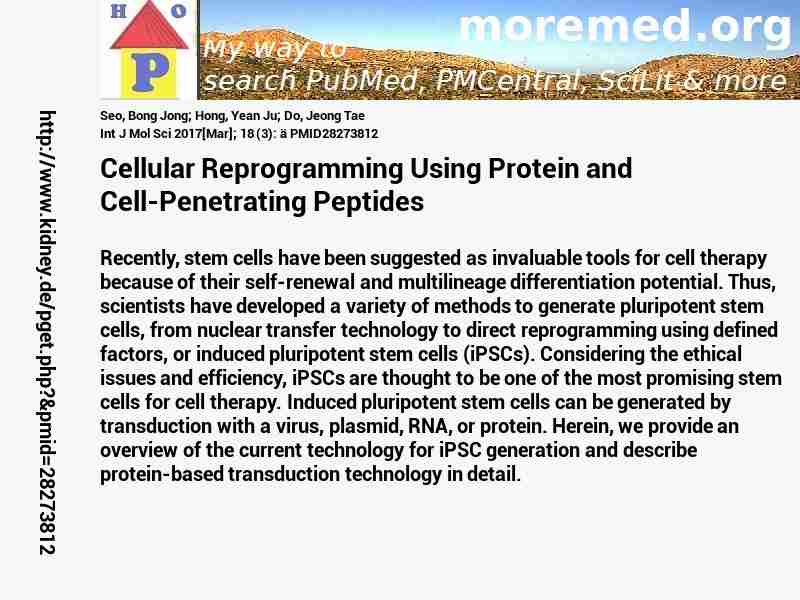
|
10.3390/ijms18030552
http://scihub22266oqcxt.onion/10.3390/ijms18030552

C5372568!5372568!28273812
 free free
 free free
 free free
Warning: file_get_contents(https://eutils.ncbi.nlm.nih.gov/entrez/eutils/elink.fcgi?dbfrom=pubmed&id=28273812&cmd=llinks): Failed to open stream: HTTP request failed! HTTP/1.1 429 Too Many Requests
in C:\Inetpub\vhosts\kidney.de\httpdocs\pget.php on line 215
|  
Deprecated: Implicit conversion from float 211.6 to int loses precision in C:\Inetpub\vhosts\kidney.de\httpdocs\pget.php on line 534
Deprecated: Implicit conversion from float 211.6 to int loses precision in C:\Inetpub\vhosts\kidney.de\httpdocs\pget.php on line 534
Warning: imagejpeg(C:\Inetpub\vhosts\kidney.de\httpdocs\phplern\28273812.jpg): Failed to open stream: No such file or directory in C:\Inetpub\vhosts\kidney.de\httpdocs\pget.php on line 117
 Int+J+Mol+Sci 2017 ; 18 (3): � Int+J+Mol+Sci 2017 ; 18 (3): �
Nephropedia Template TP
gab.com Text
Twit Text FOAVip
Twit Text #
English Wikipedia
|
Cellular Reprogramming Using Protein and Cell-Penetrating Peptides #MMPMID28273812Seo BJ; Hong YJ; Do JTInt J Mol Sci 2017[Mar]; 18 (3): � PMID28273812show ga
Recently, stem cells have been suggested as invaluable tools for cell therapy because of their self-renewal and multilineage differentiation potential. Thus, scientists have developed a variety of methods to generate pluripotent stem cells, from nuclear transfer technology to direct reprogramming using defined factors, or induced pluripotent stem cells (iPSCs). Considering the ethical issues and efficiency, iPSCs are thought to be one of the most promising stem cells for cell therapy. Induced pluripotent stem cells can be generated by transduction with a virus, plasmid, RNA, or protein. Herein, we provide an overview of the current technology for iPSC generation and describe protein-based transduction technology in detail.�
  
DeepDyve
Pubget Overpricing | 
|